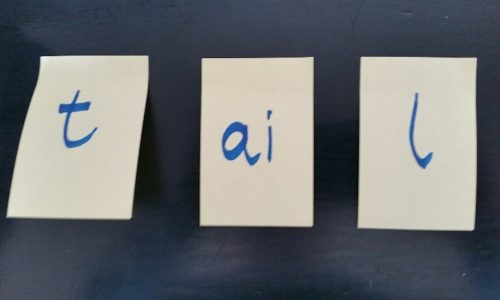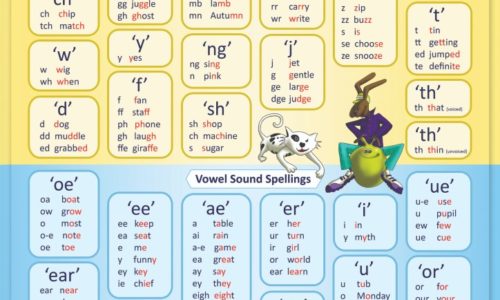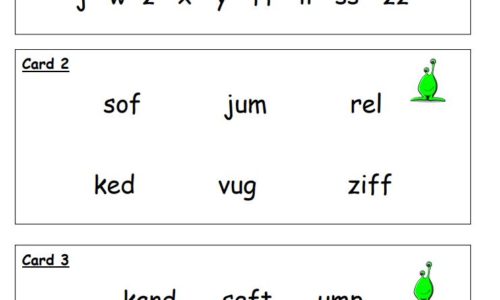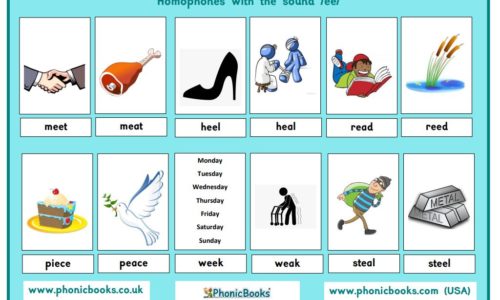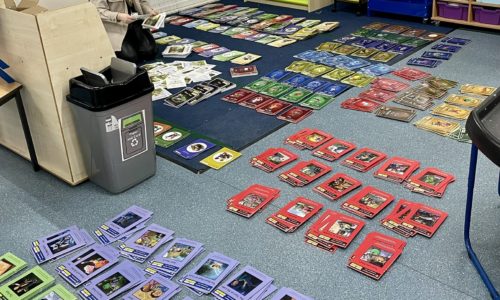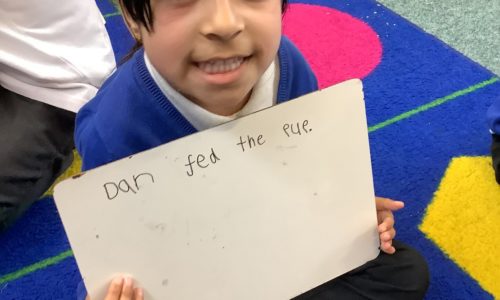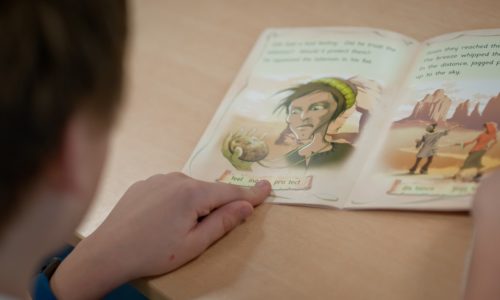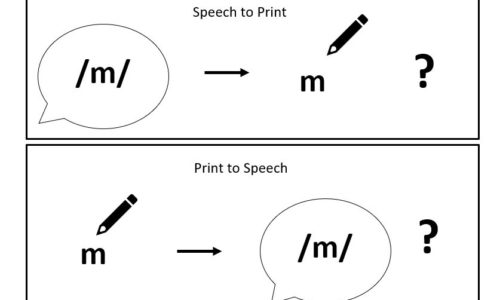
Have you heard of a phonics approach called ‘Speech to Print’? Another name for it is ‘Linguistic Phonics’. This approach is used in a number of programmes: Sounds Write, EBLI and Reading Simplified. The Speech to Print approach starts from the sounds in words (phonemes) and not the spellings (letters or spelling patterns). It follows […]
Read More

